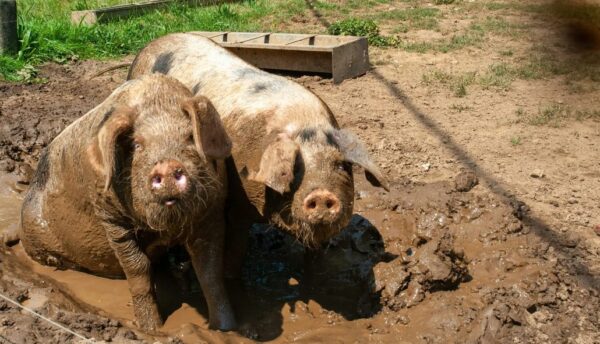Lifestyle
This is the cleanest animal in the world
Contrary to common beliefs that pigs are dirty because they are always covered in mud, these animals are incredibly clean, organised, and hygienic creatures.
1. Pigs
- Pigs are naturally clean animals, particularly in their wild state. They have a remarkable tendency to separate their eating, living, and toileting areas. In the wild, pigs will designate specific spots for relieving themselves, keeping their eating and sleeping areas far from their waste.
- While pigs are often seen in the mud, it isn’t about being dirty. Pigs have no sweat glands, making them highly sensitive to heat. Mud helps them regulate their body temperature and protects their skin from sunburn and parasites. Mud is a necessary tool for maintaining their health and well-being.
- Pigs are highly social animals and form tight-knit groups. They display affectionate behaviours like cuddling. So pigs prefer to keep their environment clean, not only for their health but also as part of their social dynamics. Keeping their living areas free from waste allows them to maintain a peaceful and hygienic social space.
- Pigs also engage in social grooming, which is a key element of their cleanliness routine. These grooming behaviours also help pigs remove dirt and parasites from their bodies and bond with each other.
- Pigs have excellent memory and are capable of learning behaviours that promote cleanliness. They can remember the location of their designated waste areas and understand how to avoid them.
- The natural environment that pigs live in also contributes to their cleanliness. By choosing cleaner areas to live in, pigs help maintain their hygiene. They avoid areas that may be contaminated or overly muddy, instead seeking out habitats that allow them to remain healthy and clean.
2. Cats
3. Rats
4. Dolphins
5. Naked Mole Rats
6. Ants
7. Polar Bears
8. Elephants
9. Bird of Paradise
10. Bees







